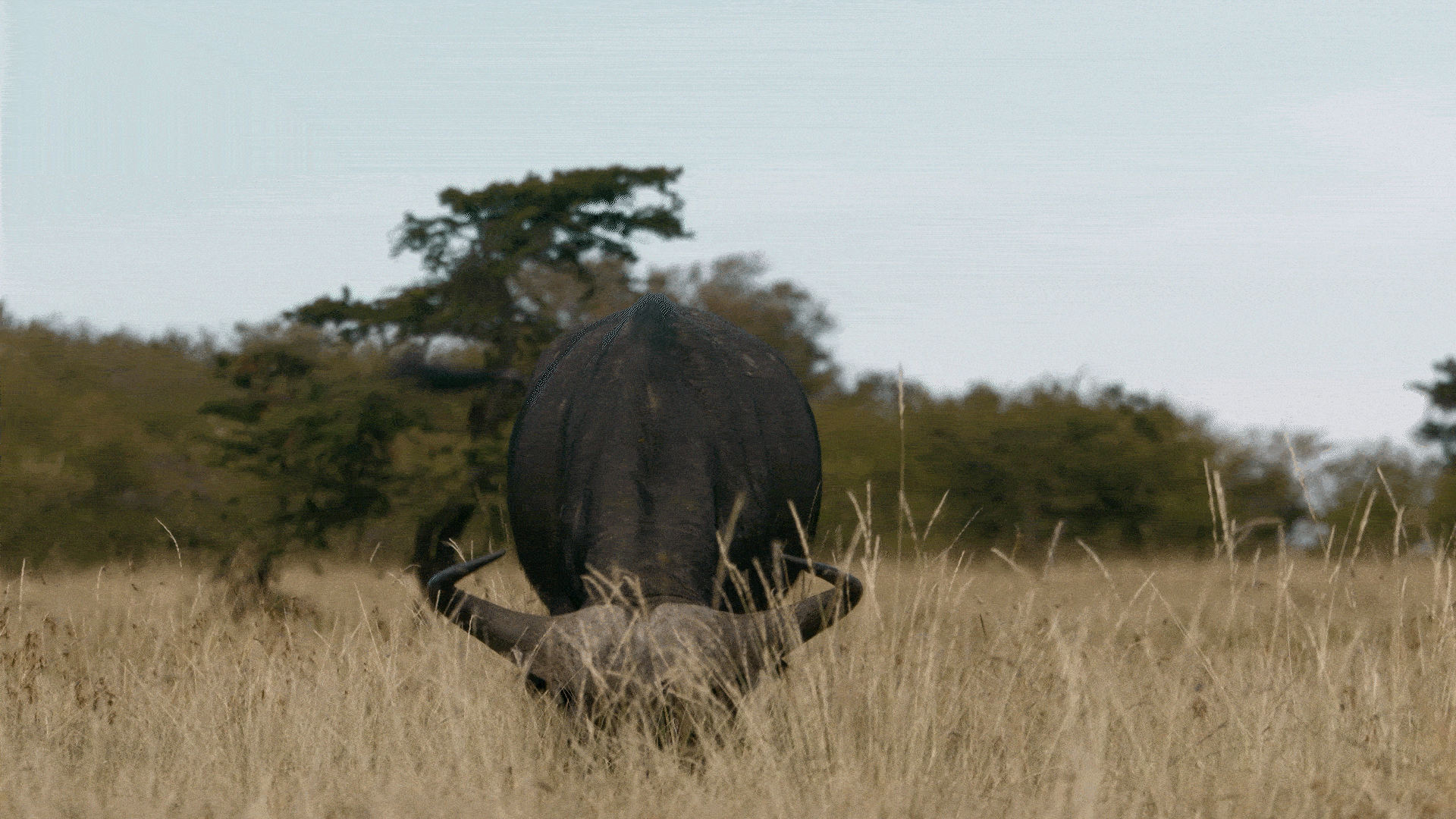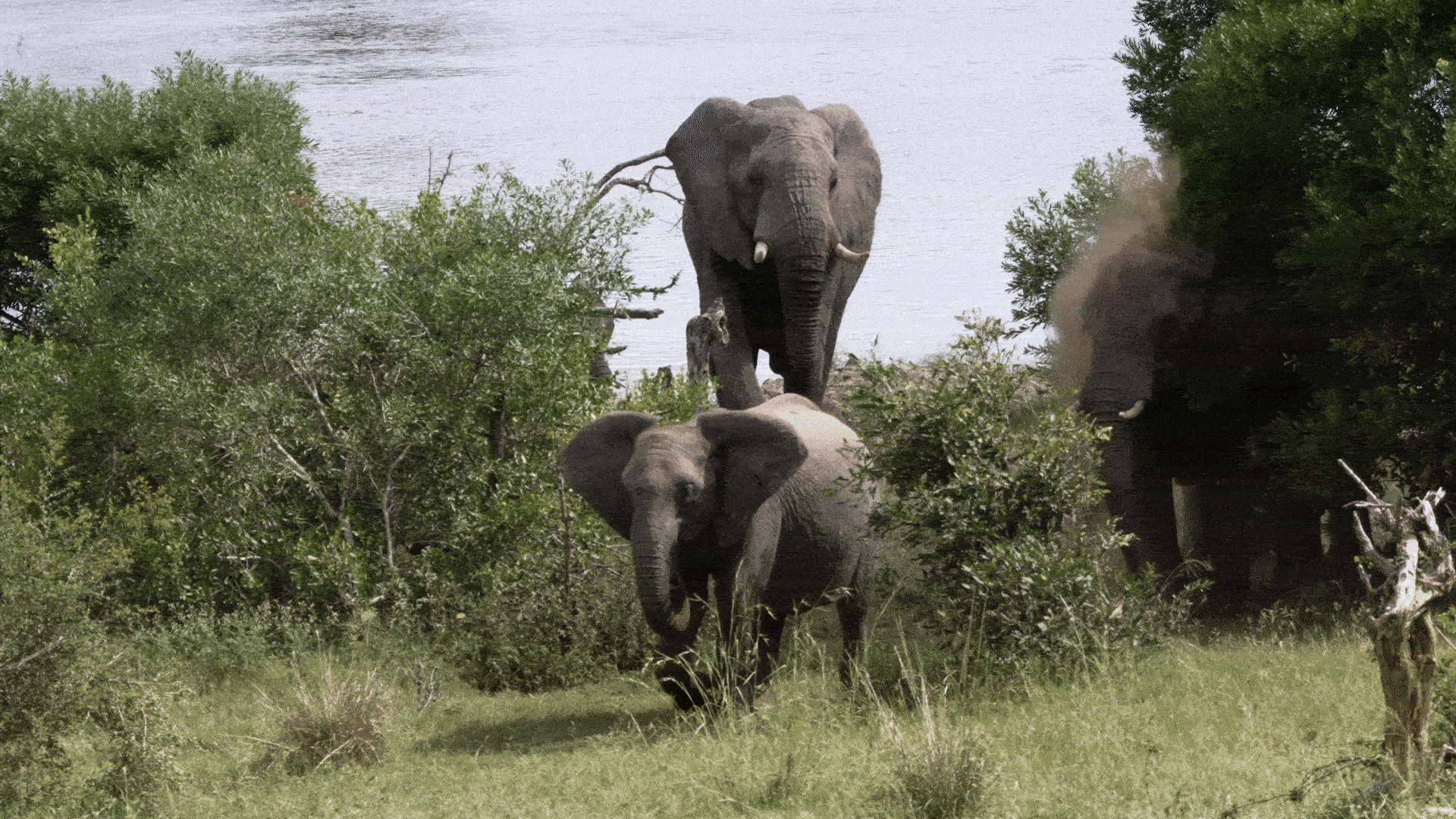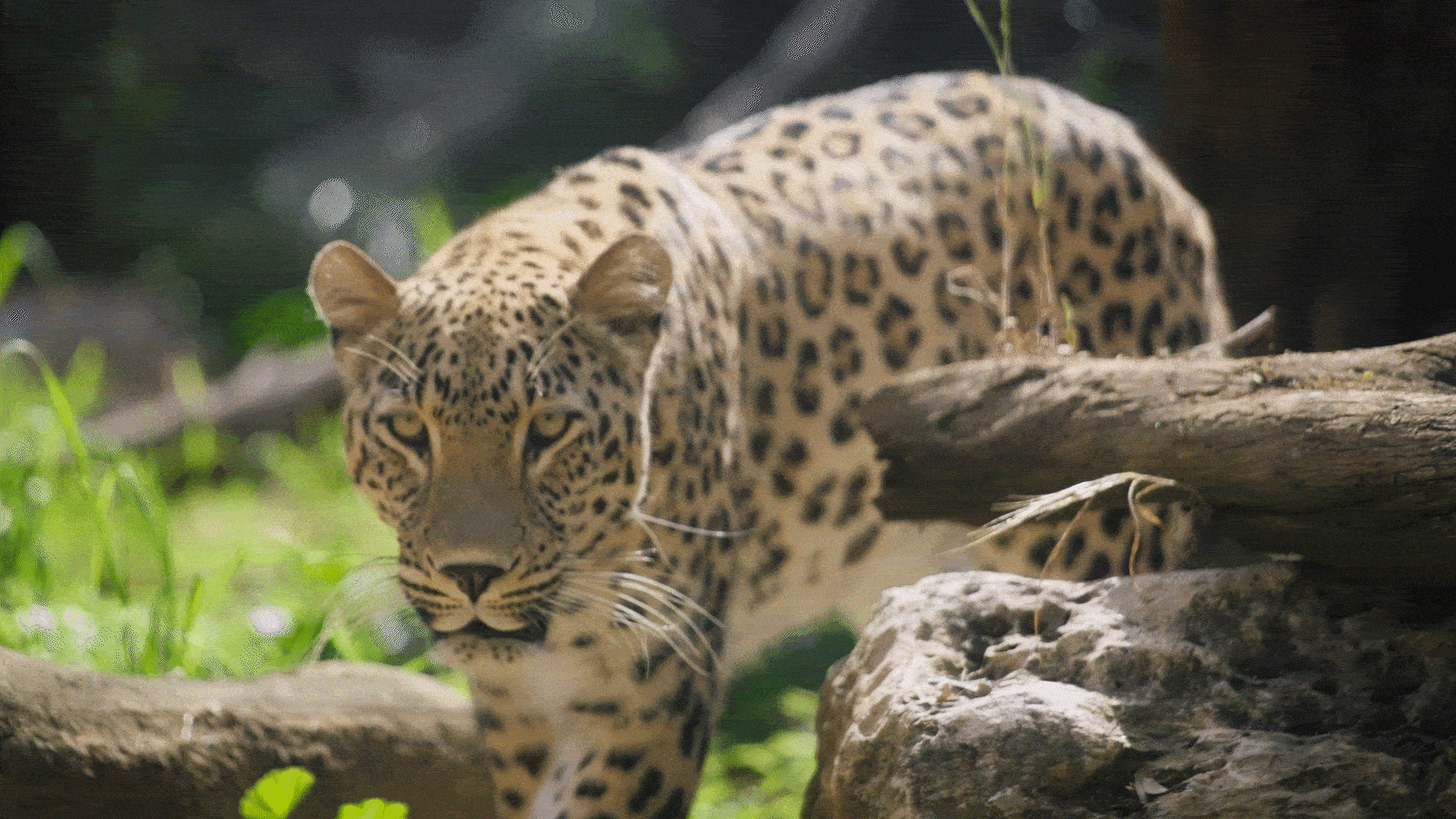Your Guide: Get to know the big five
The sun rises over the savannah, and suddenly, you spot a majestic lion lounging in the grass. A herd of elephants majestically crosses your path, and in the distance, leopards stealthily navigate the trees above. Nearby, a pair of rhinos graze peacefully, and a herd of buffalo moves through the bush.
Every encounter with the Big Five is a breathtaking moment, making your safari adventure an unforgettable experience.
The term “Big Five” was coined by big-game hunters, and refers to the five most difficult animals in Africa to hunt on foot (lions, rhinoceroses, buffaloes, elephants, and leopards). As an unfortunate result, this made them highly sought-after hunting trophies.
Today, however, they are the stars of safari adventures, captivating visitors with their majestic presence in game reserves and national parks. Despite their elusiveness, many of our travellers have seen the Big Five during their tour! Spotting these iconic animals in their natural habitat is a thrilling and unforgettable experience, making South Africa a top destination for wildlife enthusiasts.

1. Lions
Lions can sleep for up to 20 hours a day and are typically more active at night, which is why most daytime safari sightings are of cats sleeping in the shade. Lions have a tawny coat that blends well with the dry savannah and grasslands. This natural camouflage helps them remain hidden from both prey and human eyes, especially when they are lying low in tall grass. Typically, the darker a male lion’s mane, the older he is.

2. Rhinoceros
Rhinoceroses have poor vision and will sometimes attack trees and rocks by accident (however, their hearing and sense of smell are excellent!). Interestingly, white rhinos aren’t white, but slate gray to yellowish brown in color. The species’ name takes its root from Dutch, “weit” (wide), in reference to the animal’s wide muzzle. Unfortunately, rhinos are the most endangered species of the Big Five due to extensive poaching for their horns, which are highly valued as status symbols and for their supposed medicinal properties. This illegal activity has drastically reduced rhino populations, making them harder to find in the wild.

3. Buffalos
African buffalos live in herds of up to 1,000 animals and have lions as their primary predators. Ever loyal, buffalos will try to rescue other members of their herd who have been caught and have been observed killing a lion after it has killed a member of their group. Buffaloes tend to prefer dense bush and wooded areas where they can find ample food and water. These environments can make it more challenging for safari vehicles to access and spot these animals, which makes it all the more impressive to see one.

4. Elephants
African elephants communicate across large distances at a low frequency that cannot be heard by humans. Many plant species have evolved seeds that are dependent on passing through an elephant’s digestive tract before they can germinate. At least one-third of tree species in West African forests rely on elephants in this way for dissemination. Elephants have vast home ranges and are constantly on the move in search of food and water. This extensive roaming can make their location unpredictable, requiring safari guides to have keen tracking skills. Although elephants live in family groups, they can be widely spread out within their range. Seeing a large herd is possible, but sometimes only smaller groups or solitary males are encountered, which can require patience and timing.

5. Leopards
African leopards are excellent at climbing trees. They’ll often safeguard their kill in a tree to prevent lions and hyenas from stealing it. They are also strong swimmers and occasionally eat fish and crabs. They are nocturnal, solitary and secretive, staying hidden during the day. Leopards are inherently shy and wary of humans, often moving away from areas with significant human activity. This cautious nature further reduces the likelihood of sightings. They are the most elusive of the Big Five.

Ready to see these majestic creatures for yourself?
Join us on tour!
South Africa & Victoria Falls Tour
Sweeping panoramic views, a rich and diversified cultural heritage and a true wildlife haven are here to be discovered. In a few words, be ready to feel small – stand between two oceans at the southern tip of the continent, witness the Big Five up-close in their natural habitat, and cruise near the world’s largest waterfall. Enjoy some of the finest wines, a product of this unique climate. This once-in-a-lifetime adventure will awaken all your senses.
Departures: August, September, October & November 2025 January, February, March & April, August, September, October & November 2026
